Imagine walking through a picturesque orchard on a crisp fall day, the air filled with the sweet aroma of apples hanging ripe and ready on the trees. Your eyes are drawn to a particular apple variety that glistens in the sunlight, its red and gold skin inviting you to take a bite. This apple is the Honeycrisp, a beloved fruit known for its exceptional flavor and crunch. As you reach out to pluck a Honeycrisp apple from the tree, you can’t help but marvel at its perfect shape and firm texture.

.
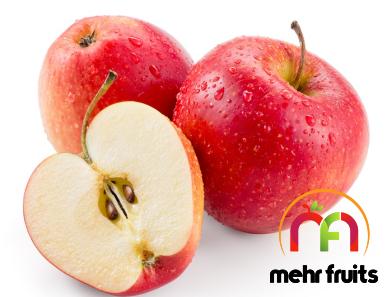 The Honeycrisp is a true masterpiece of nature, a result of careful cultivation and years of selective breeding to create a fruit that is both delicious and visually stunning. One of the remarkable qualities of the Honeycrisp apple is its versatility. Whether you enjoy it fresh off the tree, sliced into a salad, or baked into a pie, the Honeycrisp delivers a burst of sweetness with a hint of tartness that dances on your taste buds. Its juiciness is unparalleled, making every bite a refreshing and satisfying experience. But what makes the Honeycrisp truly special is its ability to thrive in Zone 3 climates. For those living in regions with extreme cold temperatures and short growing seasons, finding fruit trees that can withstand these conditions can be challenging. However, the Honeycrisp apple tree has proven to be resilient in Zone 3, making it a top choice for orchard enthusiasts with a passion for homegrown produce. In Zone 3, where winters are harsh and summers are short, the Honeycrisp apple tree defies the odds by producing an abundance of fruit that is not only delicious but also aesthetically pleasing. Its attractive red and yellow skin adds a pop of color to any garden, while its crisp and juicy flesh makes it a favorite for snacking and cooking. Planting a Honeycrisp apple tree in your Zone 3 garden is a wise investment that will reward you with years of bountiful harvests.
The Honeycrisp is a true masterpiece of nature, a result of careful cultivation and years of selective breeding to create a fruit that is both delicious and visually stunning. One of the remarkable qualities of the Honeycrisp apple is its versatility. Whether you enjoy it fresh off the tree, sliced into a salad, or baked into a pie, the Honeycrisp delivers a burst of sweetness with a hint of tartness that dances on your taste buds. Its juiciness is unparalleled, making every bite a refreshing and satisfying experience. But what makes the Honeycrisp truly special is its ability to thrive in Zone 3 climates. For those living in regions with extreme cold temperatures and short growing seasons, finding fruit trees that can withstand these conditions can be challenging. However, the Honeycrisp apple tree has proven to be resilient in Zone 3, making it a top choice for orchard enthusiasts with a passion for homegrown produce. In Zone 3, where winters are harsh and summers are short, the Honeycrisp apple tree defies the odds by producing an abundance of fruit that is not only delicious but also aesthetically pleasing. Its attractive red and yellow skin adds a pop of color to any garden, while its crisp and juicy flesh makes it a favorite for snacking and cooking. Planting a Honeycrisp apple tree in your Zone 3 garden is a wise investment that will reward you with years of bountiful harvests.
..
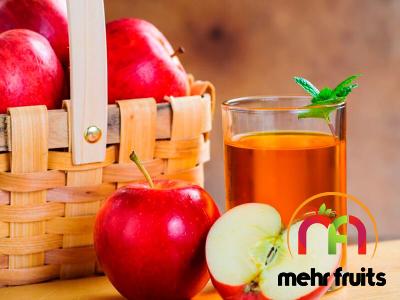 With proper care and maintenance, your Honeycrisp tree will flourish, providing you with a source of fresh, organic fruit that you can enjoy straight from your backyard. The Honeycrisp apple’s adaptability to Zone 3 climates is a testament to its resilient nature and its ability to thrive in challenging conditions. By choosing to grow this exceptional fruit in your own garden, you are not only supporting local agriculture but also reaping the benefits of a healthy and sustainable lifestyle. So why wait? Take the plunge and introduce the Honeycrisp apple tree to your Zone 3 garden today. With its unparalleled flavor, crisp texture, and ability to withstand harsh climates, the Honeycrisp is sure to become a staple in your orchard for years to come. The Honeycrisp apple tree’s unique ability to thrive in Zone 3 climates sets it apart from other fruit trees, making it a valuable addition to any garden in colder regions. Its adaptability to harsh winters and short growing seasons makes it a resilient and reliable choice for those seeking to cultivate their own fresh produce. When it comes to planting and caring for a Honeycrisp apple tree in Zone 3, there are a few key considerations to keep in mind. First and foremost, selecting a suitable location with adequate sunlight and well-drained soil is essential for the tree to establish healthy roots and flourish. Planting the tree in early spring while the ground is still cool but workable allows it to acclimate to its new environment and grow strong before the onset of winter. Providing regular watering, especially during dry periods, is crucial to help the tree develop a robust root system and produce abundant fruit. Pruning the Honeycrisp apple tree annually in late winter or early spring helps maintain its shape, improve air circulation, and encourage fruit growth.
With proper care and maintenance, your Honeycrisp tree will flourish, providing you with a source of fresh, organic fruit that you can enjoy straight from your backyard. The Honeycrisp apple’s adaptability to Zone 3 climates is a testament to its resilient nature and its ability to thrive in challenging conditions. By choosing to grow this exceptional fruit in your own garden, you are not only supporting local agriculture but also reaping the benefits of a healthy and sustainable lifestyle. So why wait? Take the plunge and introduce the Honeycrisp apple tree to your Zone 3 garden today. With its unparalleled flavor, crisp texture, and ability to withstand harsh climates, the Honeycrisp is sure to become a staple in your orchard for years to come. The Honeycrisp apple tree’s unique ability to thrive in Zone 3 climates sets it apart from other fruit trees, making it a valuable addition to any garden in colder regions. Its adaptability to harsh winters and short growing seasons makes it a resilient and reliable choice for those seeking to cultivate their own fresh produce. When it comes to planting and caring for a Honeycrisp apple tree in Zone 3, there are a few key considerations to keep in mind. First and foremost, selecting a suitable location with adequate sunlight and well-drained soil is essential for the tree to establish healthy roots and flourish. Planting the tree in early spring while the ground is still cool but workable allows it to acclimate to its new environment and grow strong before the onset of winter. Providing regular watering, especially during dry periods, is crucial to help the tree develop a robust root system and produce abundant fruit. Pruning the Honeycrisp apple tree annually in late winter or early spring helps maintain its shape, improve air circulation, and encourage fruit growth.
…
 Removing dead or diseased branches and shaping the tree to allow for sunlight penetration are important practices to ensure a healthy and productive tree. Fertilizing the tree with a balanced fertilizer in early spring and again in early summer helps provide essential nutrients for growth and fruit development. Applying a layer of mulch around the base of the tree helps retain moisture, control weeds, and regulate soil temperature, all of which contribute to the tree’s overall health and productivity. As the summer months progress and the apples begin to ripen, regular monitoring of the fruit for pests and diseases is important to protect the harvest. Implementing organic pest control methods and addressing any issues early can help prevent damage and ensure a successful yield of high-quality fruit. Come fall, as the Honeycrisp apples reach peak ripeness and are ready to be picked, the anticipation of tasting the sweet and tangy flavor of this exceptional fruit is a reward in itself. Whether enjoyed fresh, baked into a pie, or pressed into cider, the Honeycrisp apple’s versatility in culinary applications makes it a favorite among home cooks and chefs alike. In conclusion, the Honeycrisp apple tree’s ability to thrive in Zone 3 climates is a testament to its adaptability and resilience. By planting and caring for a Honeycrisp tree in your own garden, you not only support local agriculture and sustainable living but also enjoy the satisfaction of harvesting your own fresh, organic fruit. So, if you’re looking to add a touch of sweetness and crunch to your Zone 3 garden, look no further than the Honeycrisp apple tree. With its exceptional flavor, crisp texture, and ability to withstand challenging growing conditions, the Honeycrisp is sure to become a treasured addition to your orchard and a source of joy for years to come.
Removing dead or diseased branches and shaping the tree to allow for sunlight penetration are important practices to ensure a healthy and productive tree. Fertilizing the tree with a balanced fertilizer in early spring and again in early summer helps provide essential nutrients for growth and fruit development. Applying a layer of mulch around the base of the tree helps retain moisture, control weeds, and regulate soil temperature, all of which contribute to the tree’s overall health and productivity. As the summer months progress and the apples begin to ripen, regular monitoring of the fruit for pests and diseases is important to protect the harvest. Implementing organic pest control methods and addressing any issues early can help prevent damage and ensure a successful yield of high-quality fruit. Come fall, as the Honeycrisp apples reach peak ripeness and are ready to be picked, the anticipation of tasting the sweet and tangy flavor of this exceptional fruit is a reward in itself. Whether enjoyed fresh, baked into a pie, or pressed into cider, the Honeycrisp apple’s versatility in culinary applications makes it a favorite among home cooks and chefs alike. In conclusion, the Honeycrisp apple tree’s ability to thrive in Zone 3 climates is a testament to its adaptability and resilience. By planting and caring for a Honeycrisp tree in your own garden, you not only support local agriculture and sustainable living but also enjoy the satisfaction of harvesting your own fresh, organic fruit. So, if you’re looking to add a touch of sweetness and crunch to your Zone 3 garden, look no further than the Honeycrisp apple tree. With its exceptional flavor, crisp texture, and ability to withstand challenging growing conditions, the Honeycrisp is sure to become a treasured addition to your orchard and a source of joy for years to come.
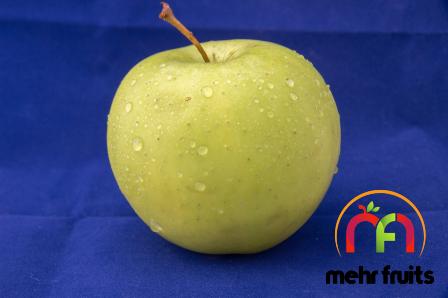

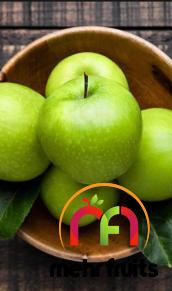
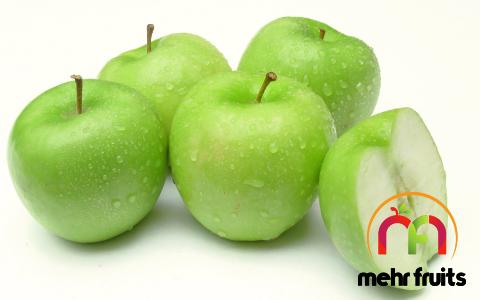
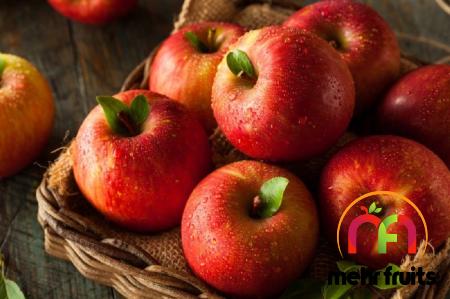
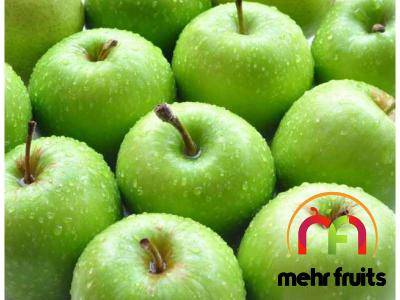
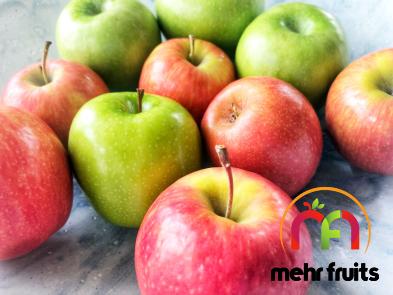
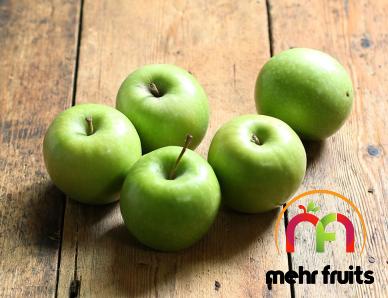
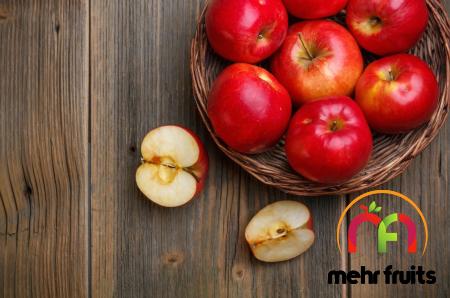
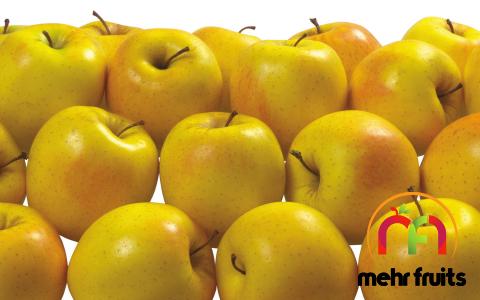
Your comment submitted.